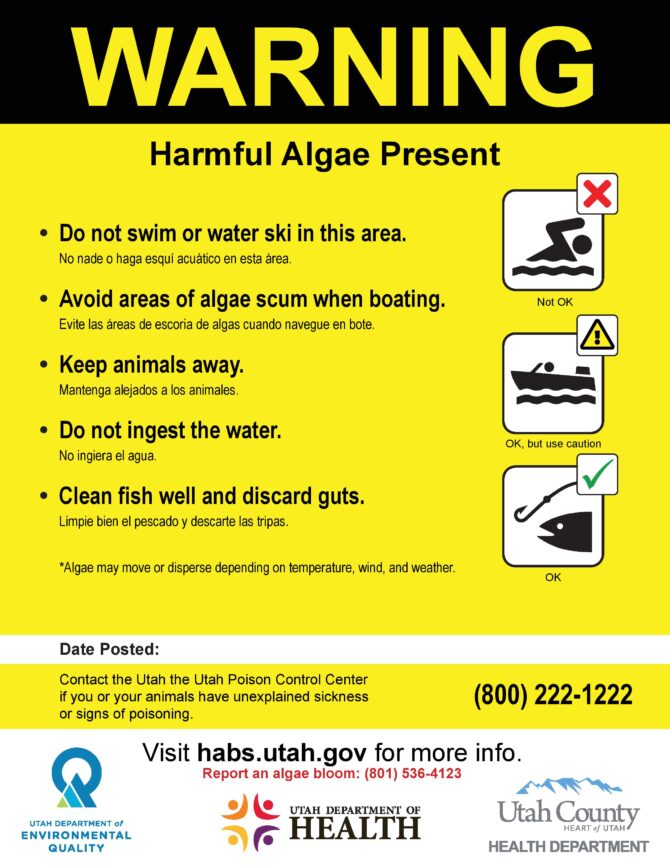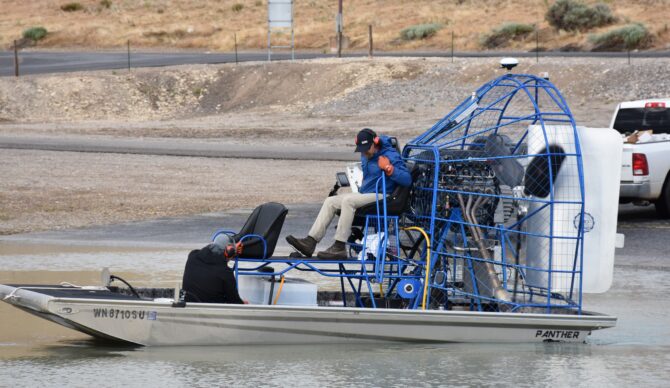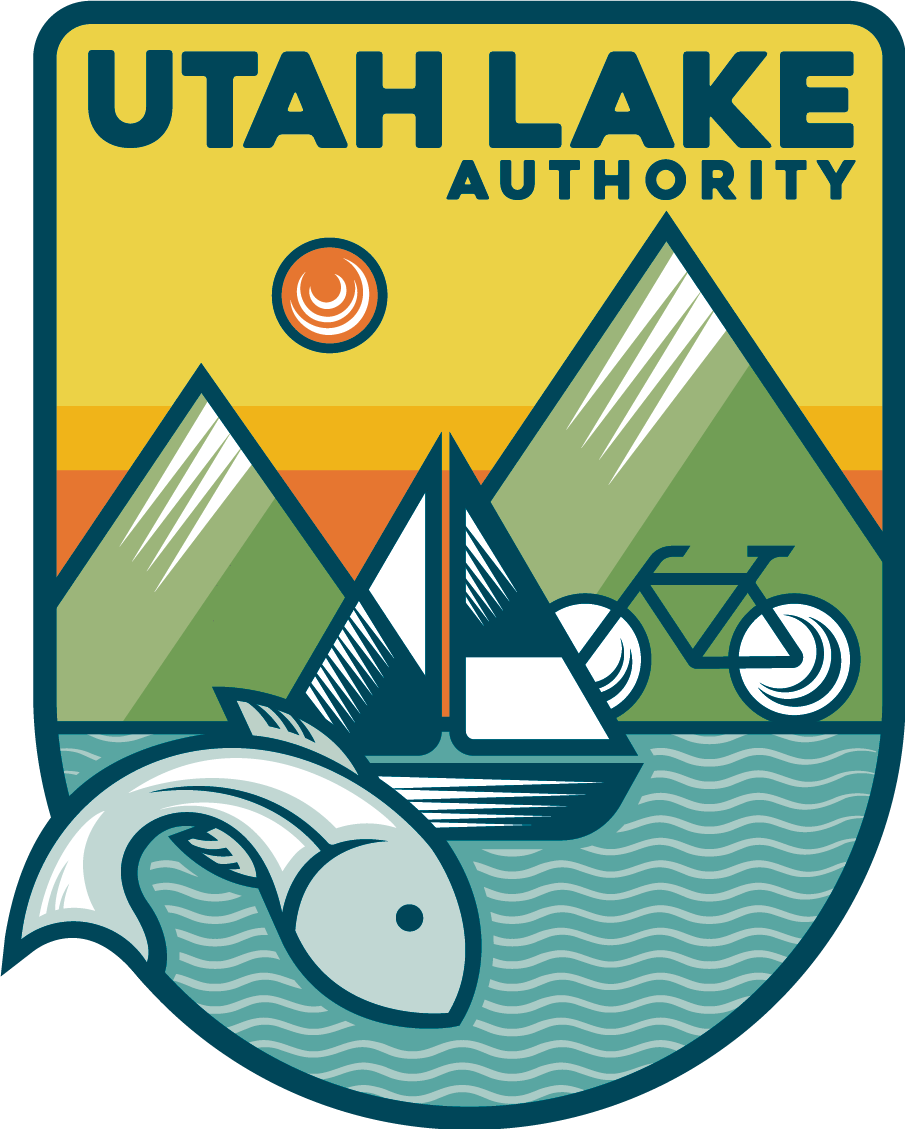Many people avoid Utah Lake because they worry about harmful algae blooms. But how much do they really know about this fleeting event? Here are a few things to know about the algae blooms at Utah Lake.
1. Blooms Aren’t Always Widespread
Algae blooms are often isolated around the Lake. Utah Lake has a surface area of 97,000 acres, so it makes sense that a bloom can impact one area while the remainder of the lake remains algae free. Blooms can be lake wide, but those large-scale blooms are much less frequent than the isolated events. If the advisory released by the health department states a specific area, that is the general area you should avoid if you’re going to be in the water. Winds across the lake can move blooms around, so keep an eye out for floating algae scums that may have been blown into new areas on the lake.
You can learn more about isolated blooms on our 2019 Instagram post.
2. There Are Two Categories of Advisories

There are two types of advisories issued by the health department: Warning and Danger. A Danger Advisory simply means the lake is closed. Closures occur when Blue Green Algae/Cyanobacteria cell counts or concentrations of toxins are high enough to create an unhealthy environment for the general public. A lake wide closure has only occurred once ever. Warning advisories, especially for isolated blooms around the lake, are a little more common. A Warning Advisory recommends avoiding direct contact with the water. It also advises that lake users avoid drinking the water, swimming, or waterskiing. During a Warning Advisory, boating and other non-contact activities are okay; be sure to always avoid scummy areas.
A Warning Advisory advises pet owners to not let animals drink the water. To be clear, water quality experts advise us to never drink unfiltered water from any open water source anywhere. The last Warning Advisory recommendation is for anglers: Be sure to clean and discard fish guts before consuming your catch. This should be a common practice regardless of the angling water source. During a Warning Advisory, all other typical and legal non-contact water recreation is permitted.
3. There Are Efforts to Reduce Blooms
The Utah Lake Commission and Utah Division of Water Quality have partnered, along with many other stakeholders, on a water quality study at Utah Lake to understand how to limit nutrient loading into the lake (food for the blooms). The study will determine how much nutrient is needed to keep the Utah Lake ecosystem healthy while also protecting the lake’s beneficial uses: recreational use, aquatic life, and agricultural use. The study is ongoing and should be completed in the next 2 to 4 years. During the interim, the Commission is pilot testing algae bloom treatment options of the 2020 summer. Two marinas were selected as the pilot sites. If proven successful, treatment could be used in the future to address targeted blooms around the lake. Due to cost and logistical difficulties, it is unlikely that lake-wide treatments would ever be feasible.

Utah Lake is rich in history and cultural significance. It is a great place for outdoor activities such as swimming, boating, and waterskiing. Understanding these facts about algae blooms can help you use the Lake more safely and give you peace of mind when you recreate.
